Acrylic on canvas
250 x 180 cm
Photo by Alessadro Wang
Cui Jie (b. 1983, Shanghai) currently lives and works in Shanghai. The modernization, the development of city landscape and the unified and tedious style of contemporary architecture has always been one of the topics being discussed in Cui Jie’s paintings of cities. Connecting and intertwining visions of the past and the present under her brushstrokes, Cui expresses her nostalgia for the past and a seemingly utopian exploration for the future landscape, and hence evokes the viewer’s collective nostalgia.
She has been included in Phaidon Press’s publication Vitamin P3. Her works have been placed into the collections of various institutions such as Centre Pompidou, MoMA, Art Institute of Chicago, Astrup Fearnley Museum, Rubell Family Collection, Kistefos Museum and M+ Collection HK.
Selected solo and two-person exhibitions: Species as Gifts, Centre Pompidou x West Bund Museum Project, West Bund Museum, Shanghai, China (2023); Cui Jie: Thermal Landscapes, Pilar Corrias, London, UK (2023); New Model Village, Focal Point Gallery, Essex, UK (2022); From Pavilion to Space Station, Center for Chinese Contemporary Art, Manchester, UK (2019); The Peak Tower, Pilar Corrias, London, UK (2019); To Make a Good Chair, Antenna Space, Shanghai, China (2019); The Enormous Space (with Lee Kit), OCAT, Shenzhen, China (2018); Latter, Former, Mother’s Tankstation, Dublin, Ireland (2016); Cui Jie: The Proposals for Old and New Urbanism, Leo Xu Projects, Shanghai, China (2014) among others.
Selected group exhibitions: Building Shanghai: Architecture, Urbanism and Culture since 1949, West Bund Museum, Shanghai, CN (2025); Postcards From the Future, PoMo Museum, Trondheim, Norway (2025); no man’s land, Som Gallery, Nihonbashi Bakurocho, JP (2025); Once upon a time: PSA Collection Series, Power Station of Art, Shanghai, CN (2025); 目 China: A new generation of artists, Centre Pompidou, Paris, FR (2024); One and All: New Artistic Styles of Contemporary Painting, curated by Yi Ying, Wang Jing and Yuan Jiawei are executive curators, National Art Museum of China, Beijing(2024); Shanghai Biennale: Cosmos Cinema, curated by the team led by Anton Vidokle, Power Station of Art, Shanghai, China (2023); Horizons: Is there anybody out there?, curated by Robin Peckham, Antenna Space, China (2023); Brave New World: 16 Painters for the 21st century, Museum de Fundatie, Zwolle, The Netherlands (2023); Steadfastly Revise for the Standards in Nonproductive Construction: Part I: Solid Molds, Long March Space, Beijing, China (2022); Common Ground: UCCA 15th Anniversary Patrons Collection Exhibition, UCCA, Beijing, China (2022); Liquid Ground, Para Site, Hong Kong, China (2021); Metal, Wood, Water, Fire, and Earth, Pace Palo Alto, San Francisco, US (2021); L’Invitation au voyage, Esther Schipper, Berlin, Germany (2021); Taipei Biennial 2020: You and I Don’t Live on the Same Planet, Centre Pompidou, Metz, France (2021); Taipei Fine Arts Museum, Taipei (2020); 1st X Museum Triennial: How Do We Begin?, X Museum, Beijing, China (2020); China Africa, Centre Pompidou, Paris, France (2020); Uncompleted, Sifang Art Museum, Nanjing, China (2019); Phantom Plane, Cyberpunk in the Year of the Future, Tai Kwun Contemporary Art Museum, Hong Kong, China(2019); An Opera for Animals, Para Site, Hong Kong, China (2019); Cosmopolis #1.5: Enlarged Intelligence, Centre Pompidou & Mao Jihong Arts Foundation, Chengdu, China (2018); Long March Project: Building Code Violations III—Special Economic Zone, Guangdong Time Museum, Guangzhou, China (2018); FRONT International: Cleveland Triennial for Contemporary Art: An American City, Cleveland, US (2018); Past Skin, MoMA PS1, New York, US (2017) among others.
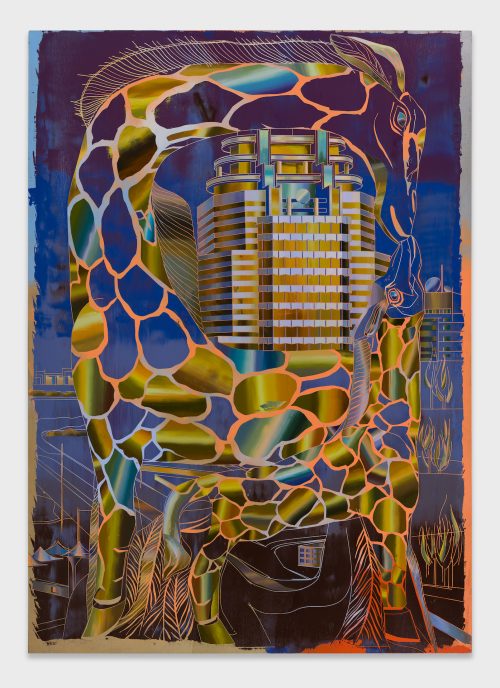
Acrylic on canvas
250 x 180 cm
Photo by Alessadro Wang
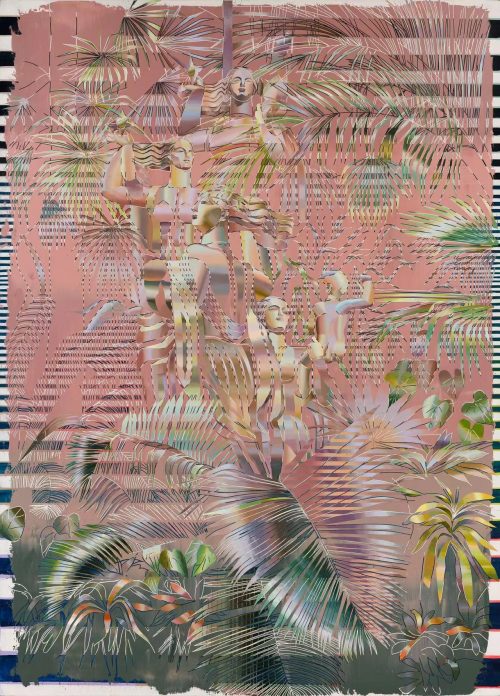
Acrylic on canvas
250 x 180 cm

Acrylic on canvas
160 x 150 cm
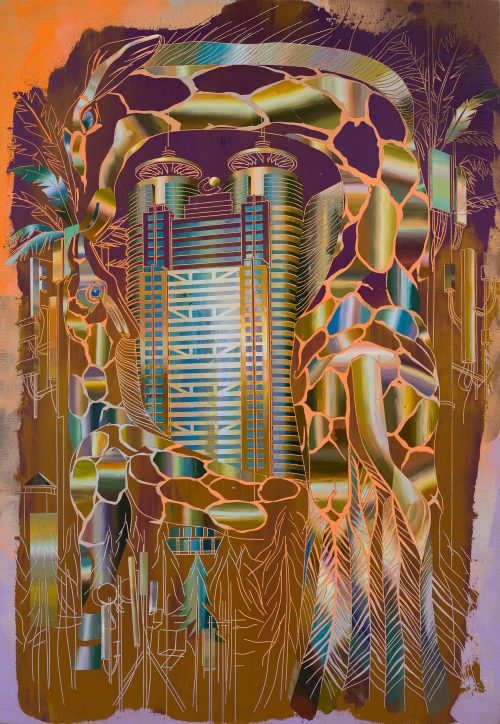
Acrylic on canvas
160 x 110 cm

Acrylic on canvas
250 x 180 cm
Photo by Alessadro Wang

Acrylic on canvas
Photo by Alessadro Wang
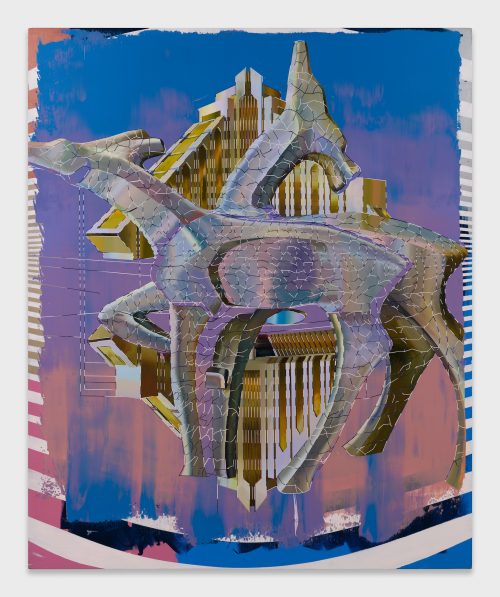
Acrylic on canvas
220 x 180 cm
Photo by Alessadro Wang
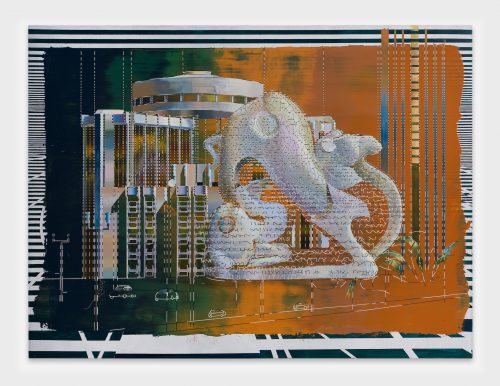
Acrylic on canvas
Photo by Alessadro Wang
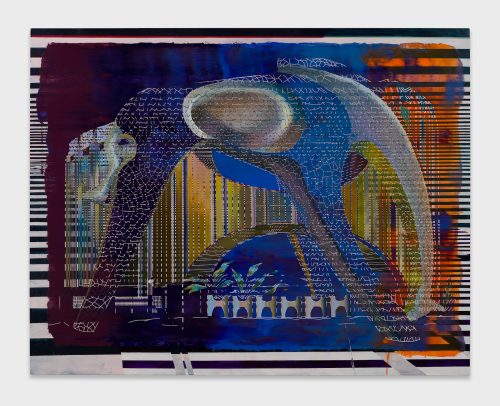
Acrylic on canvas
180 x 220 cm
Photo by Alessadro Wang
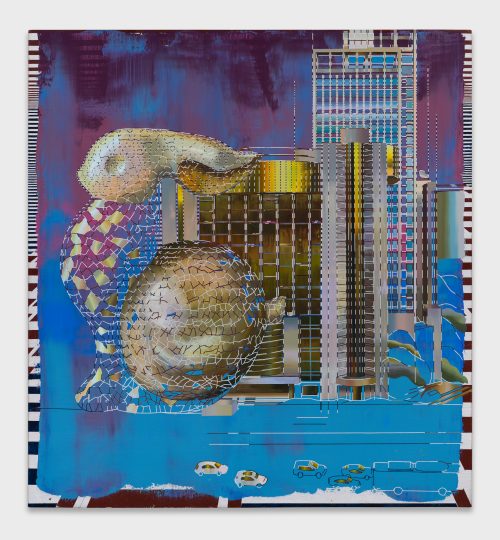
Acrylic on canvas
160 x 150 cm
Photo by Alessadro Wang

Acrylic on canvas
250 x 180 cm
Photo by Alessadro Wang
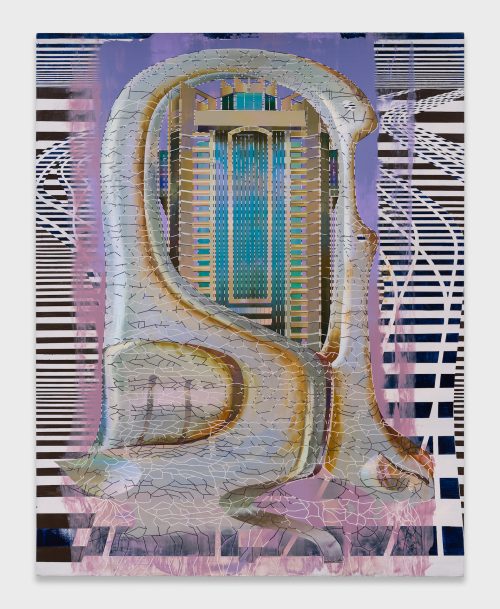
Acrylic on canvas
200 x 150 cm
Photo by Alessadro Wang

Acrylic on canvas
200 × 160 cm

Acrylic on canvas
200 × 150 cm
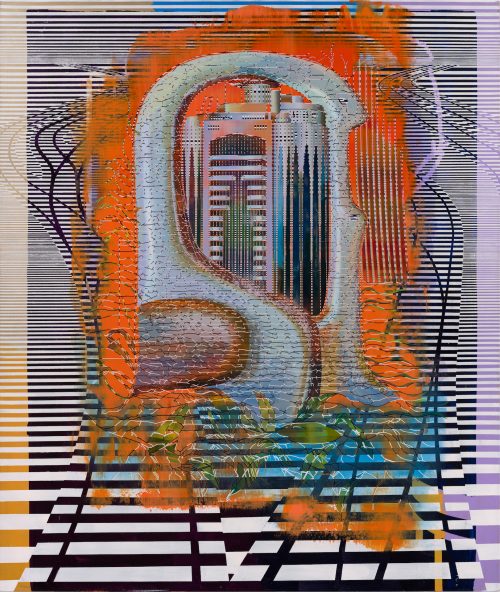
Acrylic on canvas
Photo by Alessadro Wang

Acrylic on canvas
250 × 180 cm
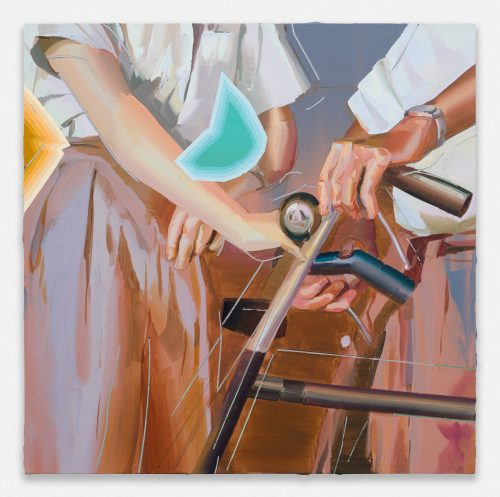
Acrylic on canvas
70 x 70 cm

Acrylic on canvas
60 x 40 cm

Acrylic on canvas
60 x 40 cm
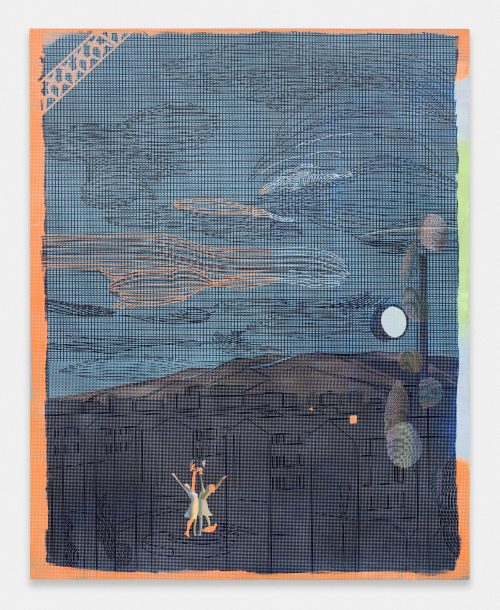
Acrylic and spray paint on canvas
200 x 160 cm
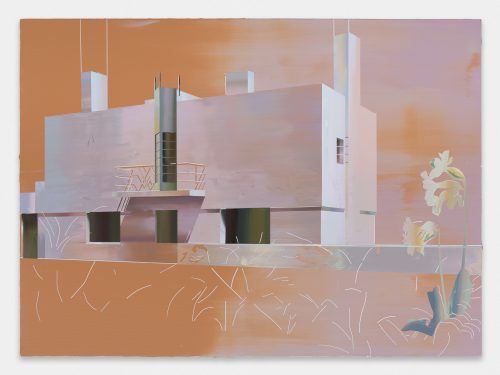
Acrylic on canvas
110 x 150 cm
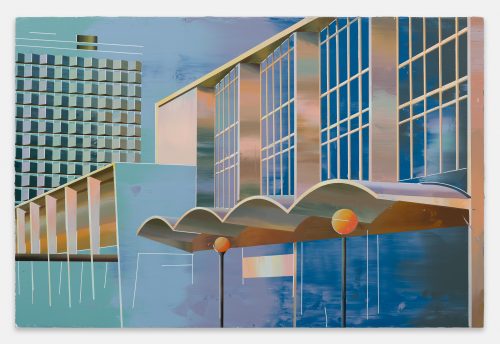
Acrylic on canvas
100 x 150 cm

Acrylic and spray paint on canves
200 x 200 cm
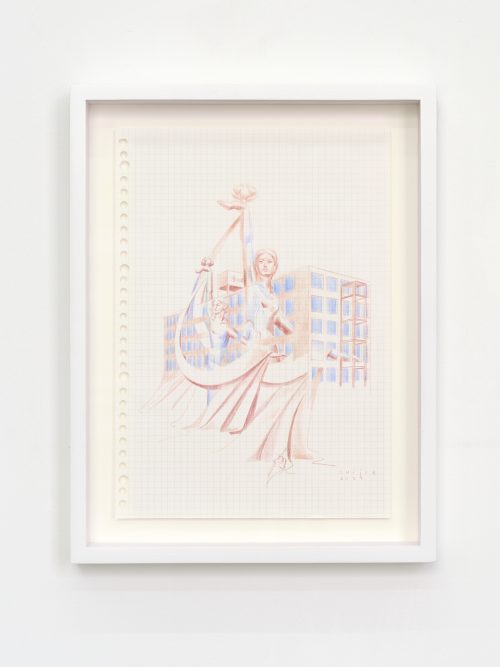
Color pencil on paper
29.6 x 21 cm; With frame: 36 x 28 cm
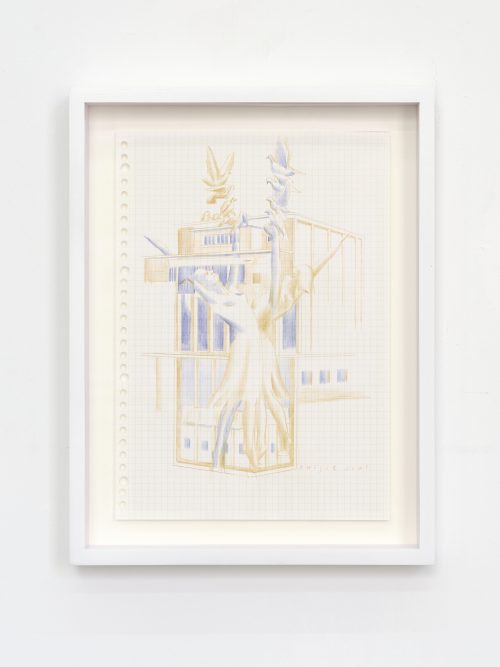
Color pencil on paper
29.6 x 21 cm; With frame: 36 x 28 cm
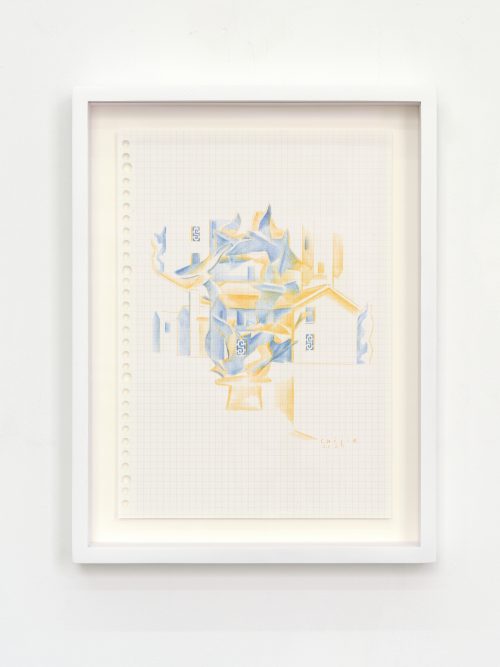
Color pencil on paper
29.6 x 21 cm; With frame: 36 x 28 cm

Color pencil on paper
29.6 x 21 cm
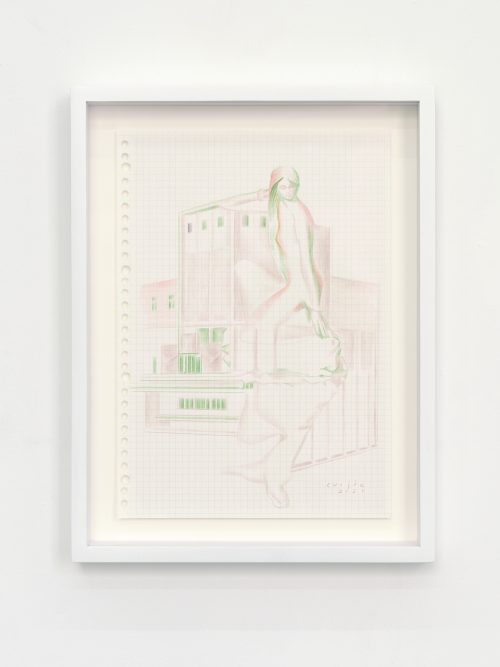
Color pencil on paper
29.6 x 21 cm; With frame: 36 x 28 cm
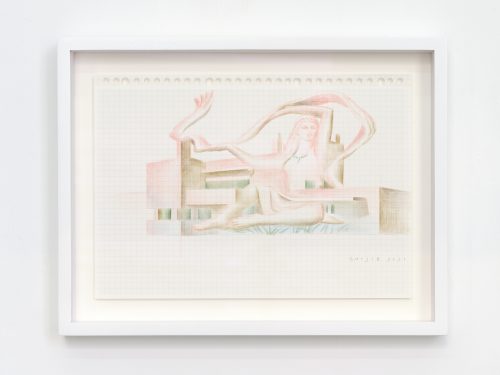
Color pencil on paper
29.6 x 21 cm; With frame: 36 x 28 cm
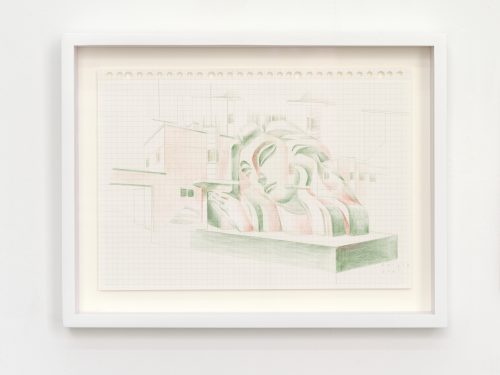
Color pencil on paper
29.6 x 21 cm; With frame: 36 x 28 cm

Color pencil on paper
29.6 x 21 cm

Color pencil on paper
21 x 29.6 cm
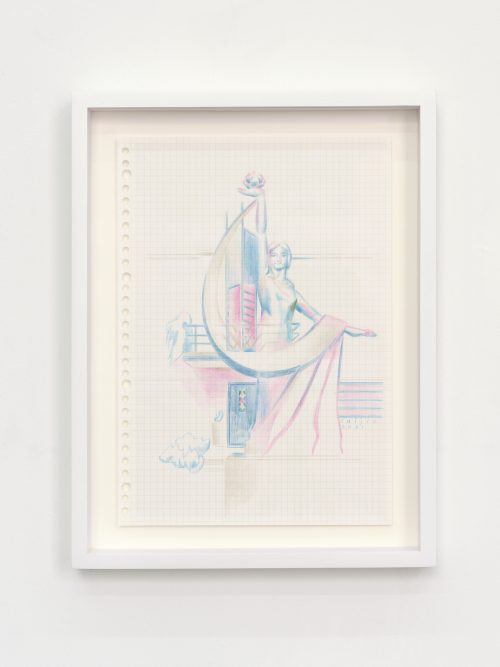
Color pencil on paper
29.6 x 21 cm; With frame: 36 x 28 cm
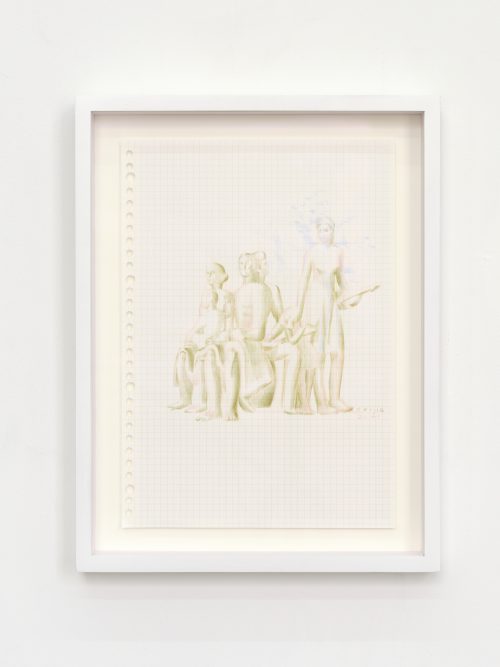
Color pencil on paper
29.6 x 21 cm; With frame: 36 x 28 cm

Acrylic on canvas
200 x 180 cm
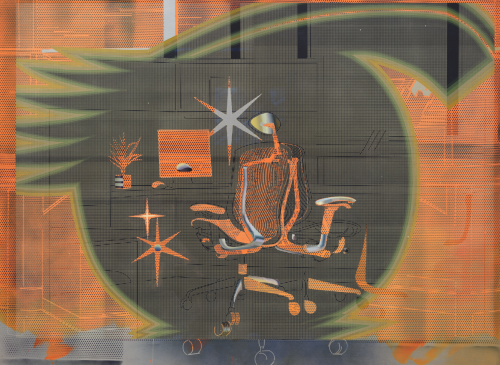
Acrylic and spray paint on canvas
250 x 180 cm
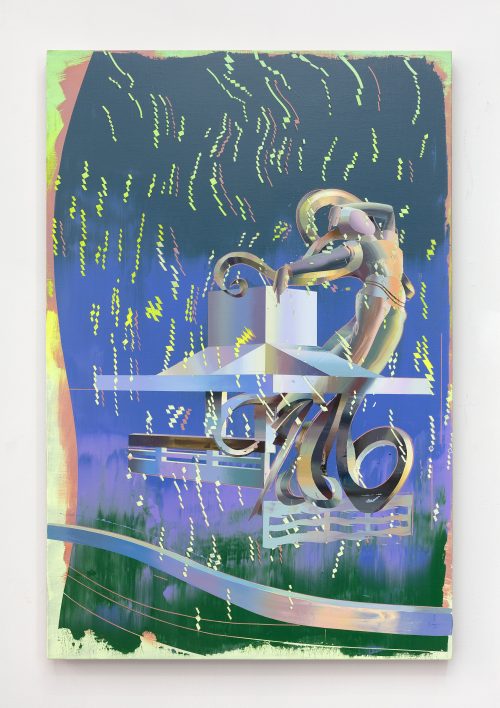
Acrylic on Canvas
150 × 100 cm
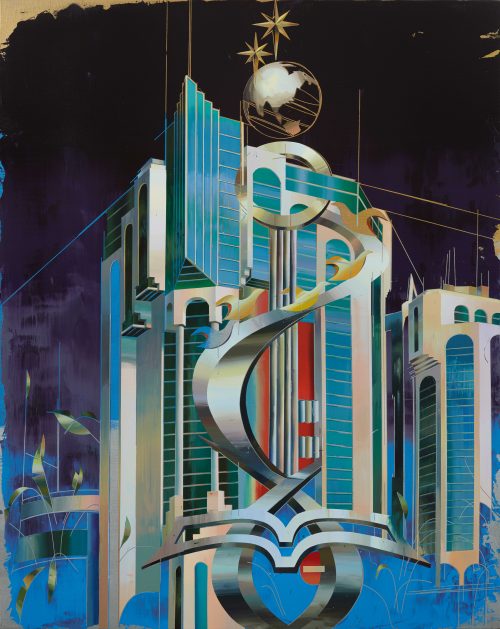
Acrylic on Canvas
200 x 160 cm

Acrylic and spray paint on canvas
180 × 220 cm
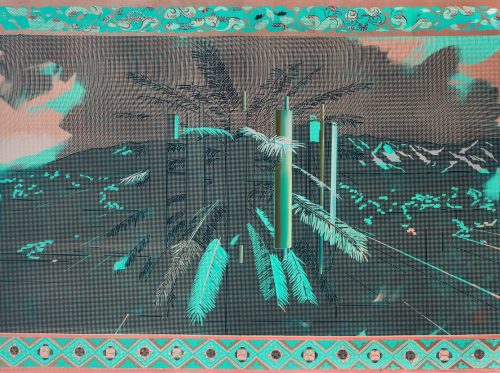
Acrylic and Spray Paint on Canvas
150 x 200 cm

Acrylic and Spray Paint on Canvas
200 x 150 cm
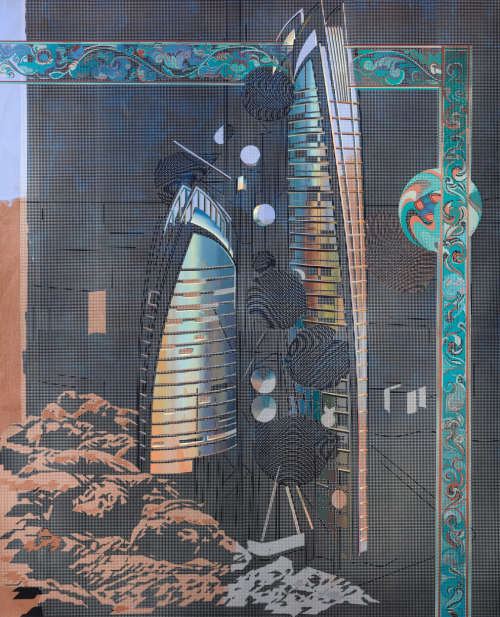
Acrylic and Spray Paint on Canvas
220 x 180 cm
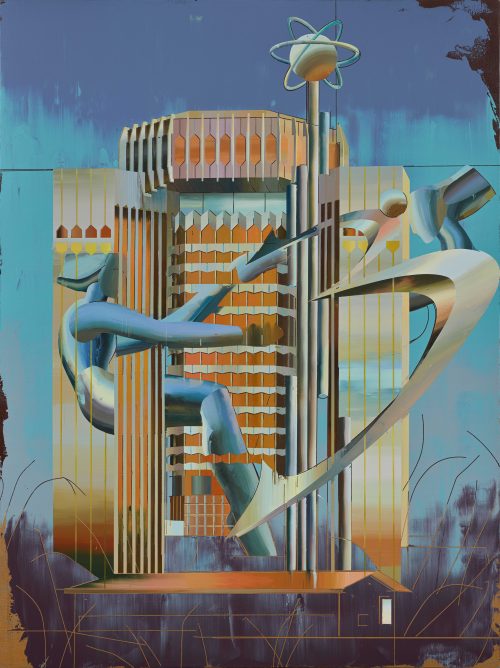
Acrylic on Canvas
200 x 150 cm
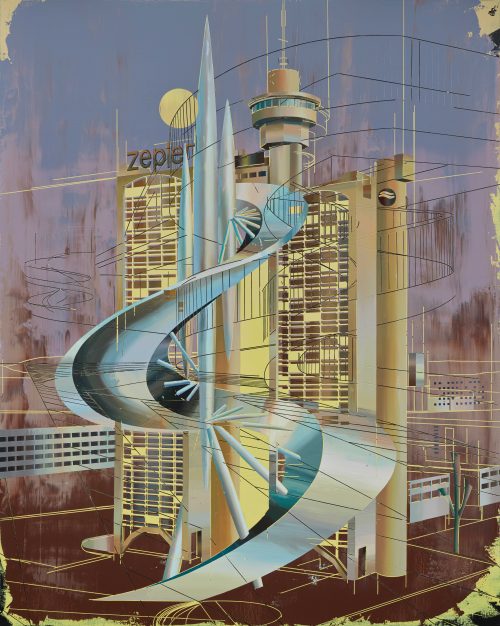
Acrylic on Canvas
200 x 160 cm

Acrylic on Canvas
200 x 160 cm
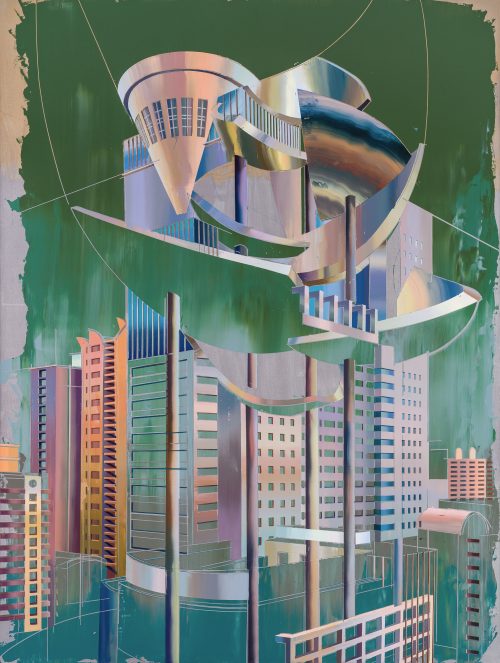
Acrylic on Canvas
200 x 150 cm

Acrylic on canvas
250 x 180 cm

Acrylic on Canvas
180 x 250 cm
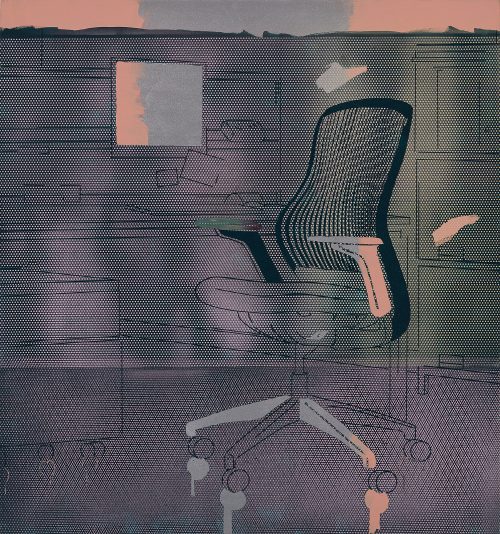
Acrylic on canvas
160 x 150 cm
2019

Acrylic and Spray Paint on Canvas
220 x 180 cm

Acrylic and Spray Paint on Canvas
220 x 180 cm

Acrylic and Spray Paint on Canvas
180 x 250 cm

Acrylic and Spray Paint on Canvas
180 x 250 cm
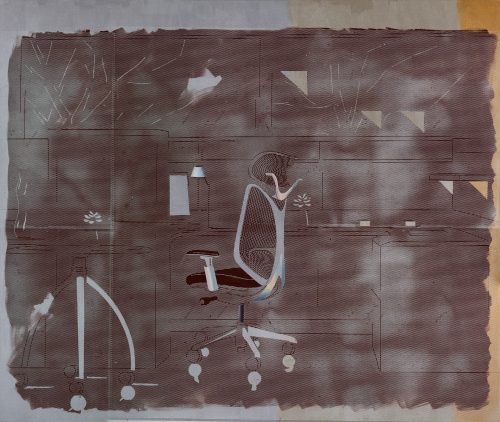
Acrylic and Spray Paint on Canvas
210 x 250 cm
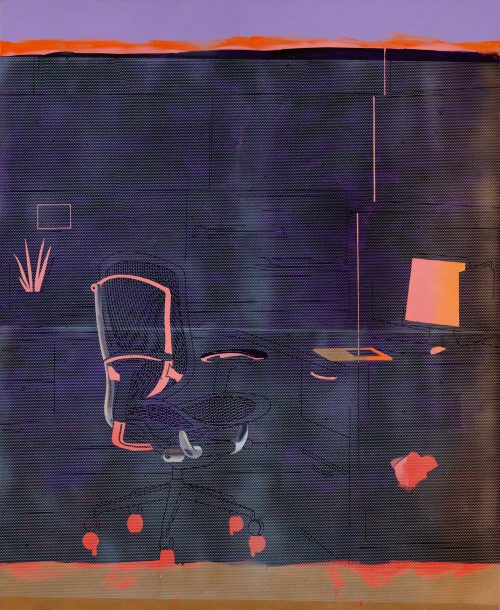
Acrylic and Spray Paint on Canvas
220 x 180 cm

Acrylic and Spray Paint on Canvas
200 x 160 cm
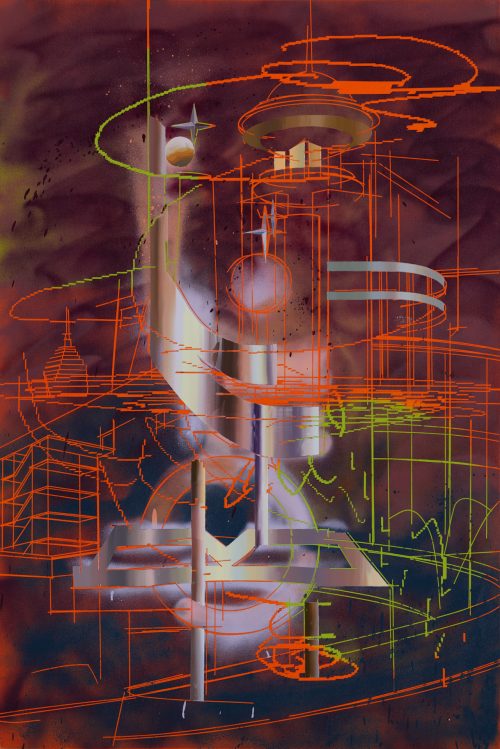
Acrylic and Spray Paint on Canvas
150 x 100 cm
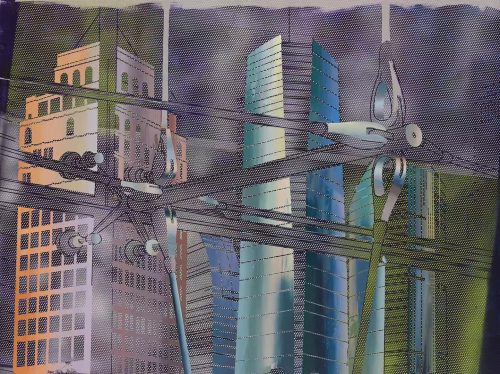
Acrylic and Spray Paint on Canvas
150 x 200 cm
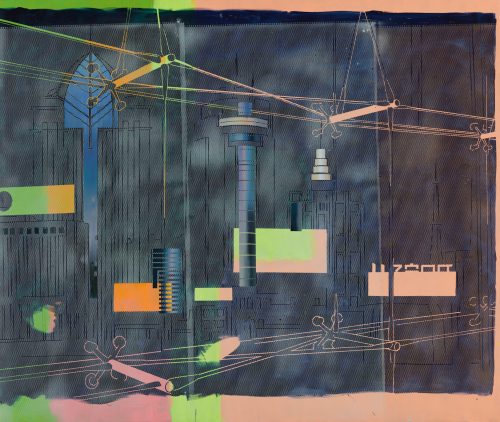
Acrylic and Spray Paint on Canvas
210 x 250 cm

Acrylic and Spray Paint on Canvas
210 x 250 cm
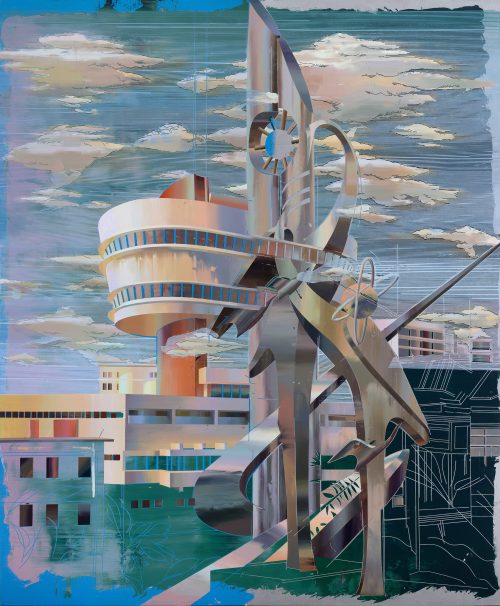
Acrylic on Canvas
250 × 210 cm
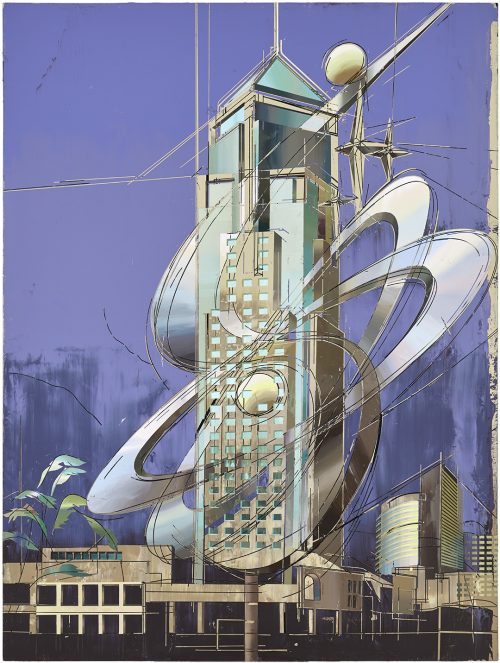
Oil on Canvas
200 x 150 cm
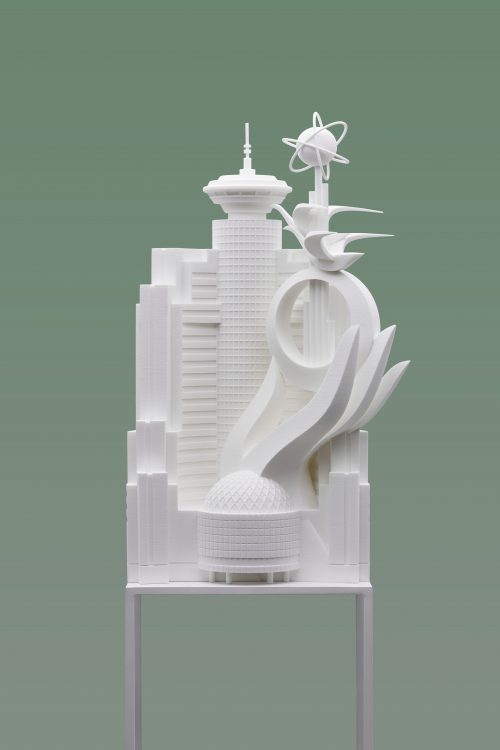
3D Printing
30 × 18 × 45 cm
2019

Acrylic and spray paint on canvas
180 × 250 cm
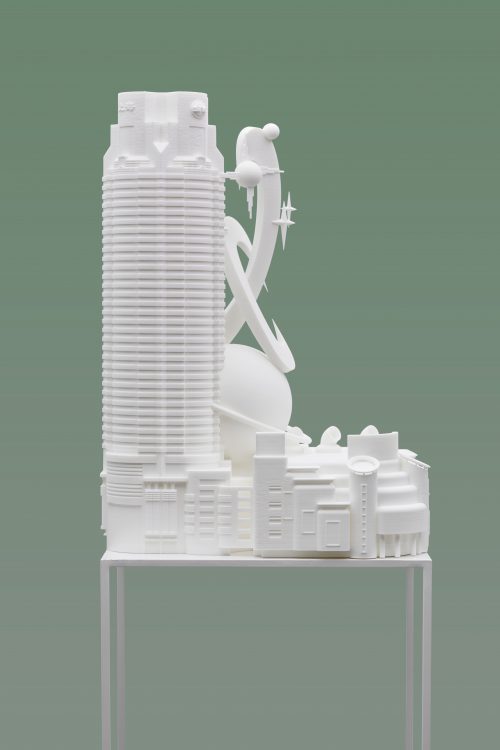
3D Printing
25 × 32 × 46 cm
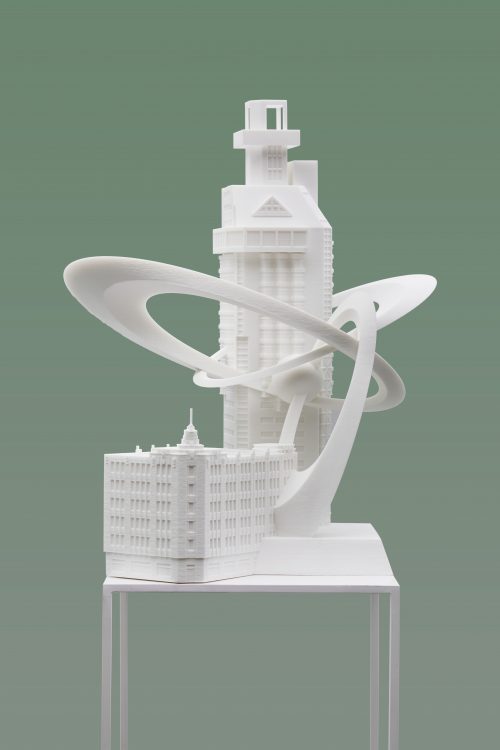
3D Printing
38 × 30 × 45 cm
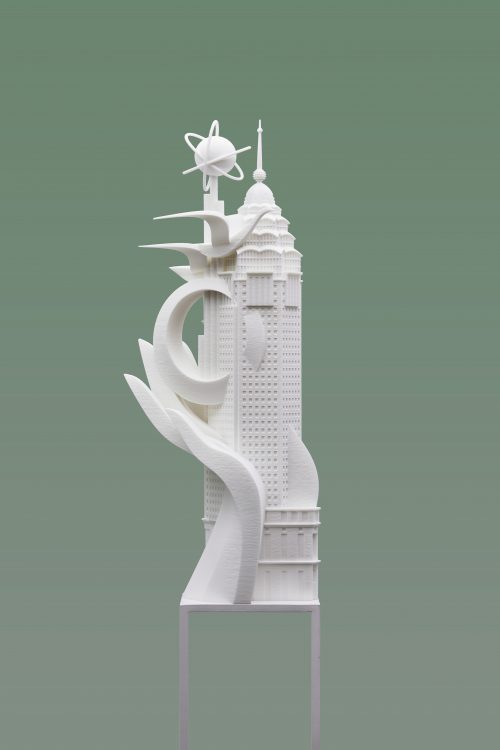
3D Printing
20 × 13 × 46 cm

Acrylic and spray paint on canvas
210 × 500 cm
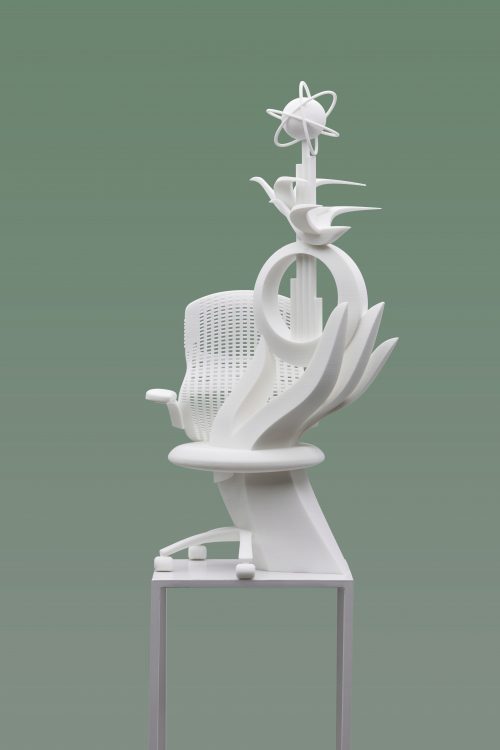
3D Printing
23 × 15 × 46 cm

3D Printing
19 × 18 × 45 cm
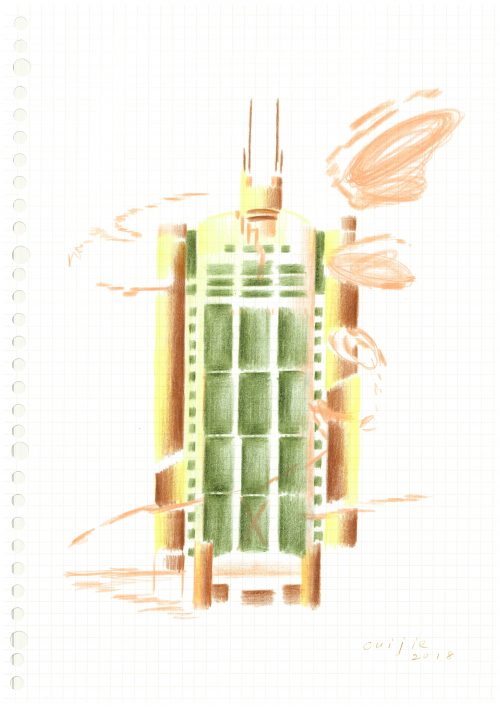
Color Pencil on Paper
36.2 × 27.5 cm

Color Pencil on Paper
36.2 × 27.5 cm

Color Pencil on Paper
36.2 × 27.5 cm
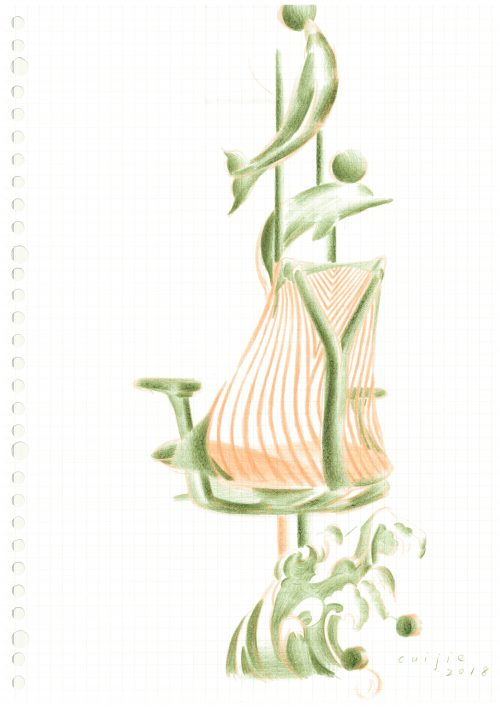
Color Pencil on Paper
36.2 × 27.5 cm
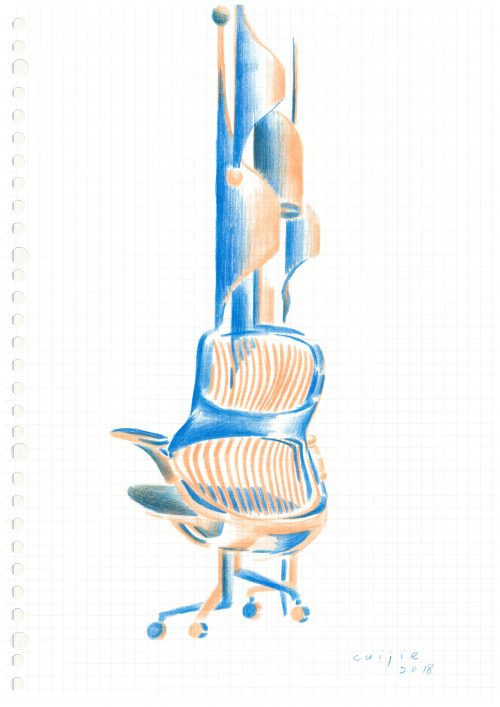
Color Pencil on Paper
36.2 × 27.5 cm

Color Pencil on Paper
36.2 × 27.5 cm

Color Pencil on Paper
36.2 × 27.5 cm

Color Pencil on Paper
36.2 × 27.5 cm

Color Pencil on Paper
27.5 × 36.2 cm

Color Pencil on Paper
36.2 × 27.5 cm
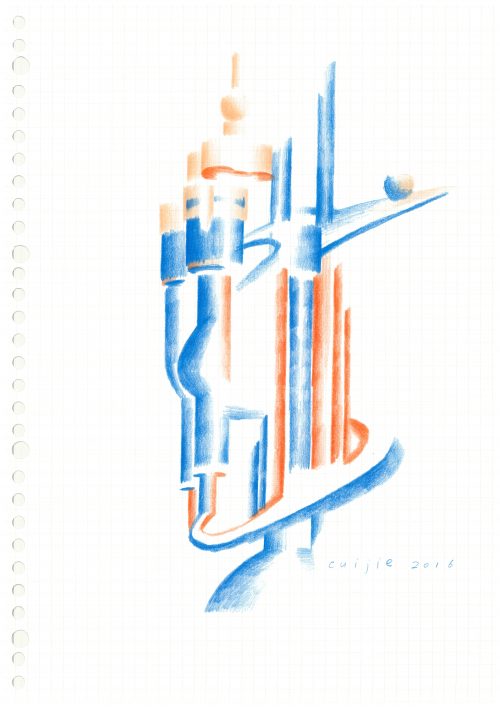
Color Pencil on Paper
36.2 × 27.5 cm

Color Pencil on Paper
36.2 × 27.5 cm
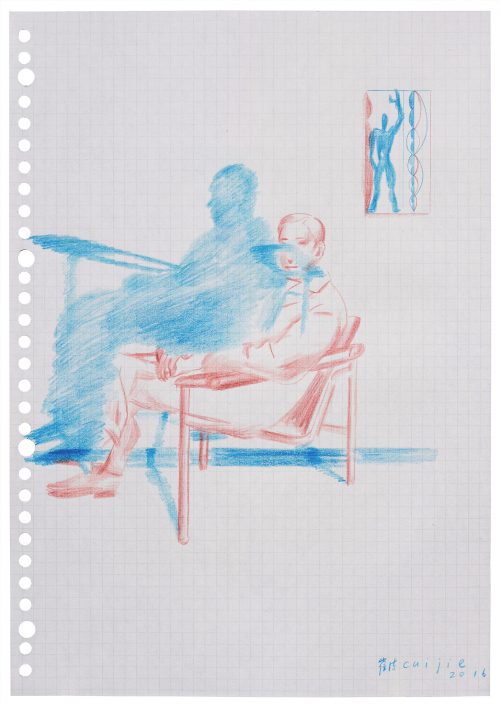
Color Pencil on Paper
36.2 × 27.5 cm

Oil on Canvas
160 x 110 cm

Color Pencil on Paper
36.2 × 27.5 cm
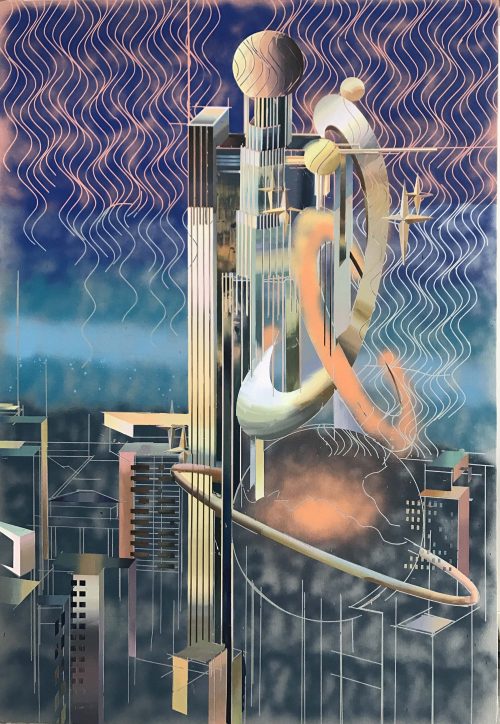
Acrylic on canvas
160 x 110 cm

Acrylic on canvas
250 x 210 cm

Acrylic on canvas
160 x 200 cm
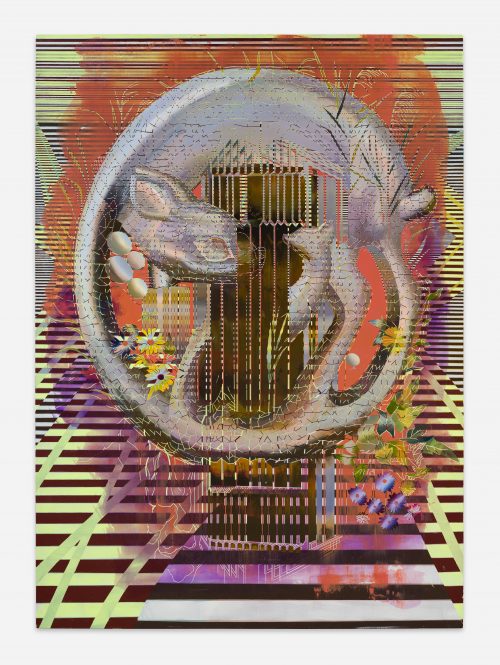
Acrylic on canvas
250 x 180 cm

2023.09.16 – 2023.10.25
Curator: Robin Peckham
Participating Artists: Korakrit Arunanondchai, Dora Budor, Hilo Chen, Xinyi Cheng, Cui Jie, Simon Denny, Daniel Dewar & Grégory Gicquel, Buck Ellison, Carolyn Forrester, Owen Fu, Sayre Gomez, Guan Xiao, Han Bing, Tishan Hsu , Frieda Toranzo Jaeger, Allison Katz, KAYA (Kerstin Brätsch & Debo Eilers), Matthew Lutz Kinoy, Josh Kline, Stanislava Kovalcikova, Heidi Lau, Li Ming, Yong Xiang Li, Liu Chuang, Jr-Shin Luo, Nancy Lupo, Mai Zhixiong, Helen Marten, Alexandra Noel, Peng Zuqiang, Tara Walters, Evelyn Taocheng Wang, Xie Nanxing, Joseph Yaeger, Yu Honglei, Yu Peng, Zhao Gang, Zhou Siwei (alphabetically)
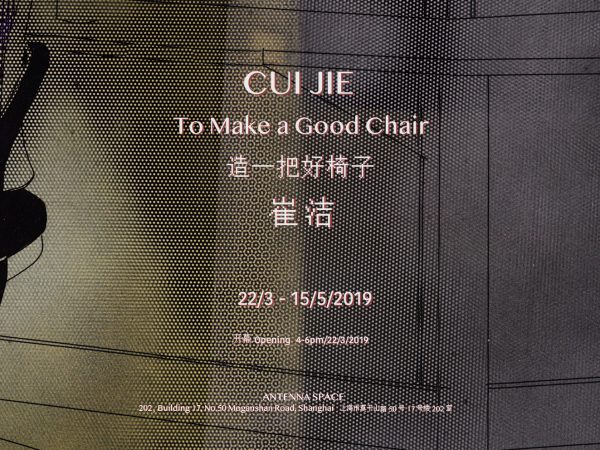
2019.03.22 – 2019.05.15
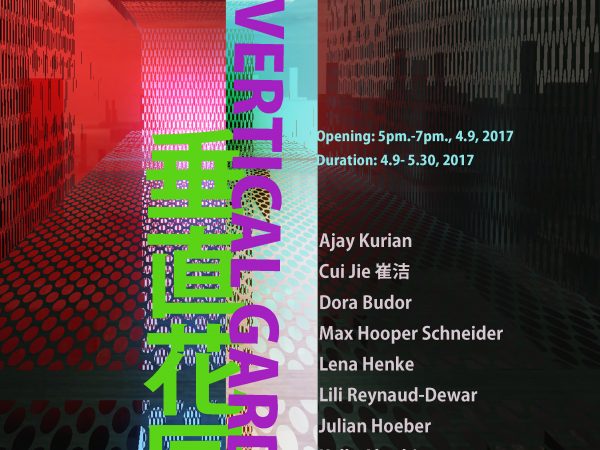
2017.04.09 – 2017.05.30
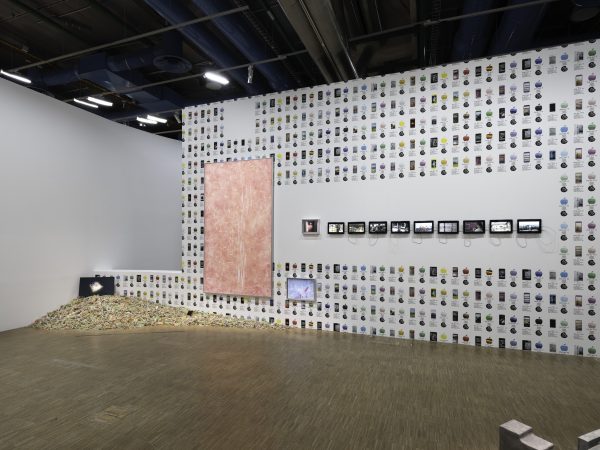
2024.10.09 – 2025.02.03
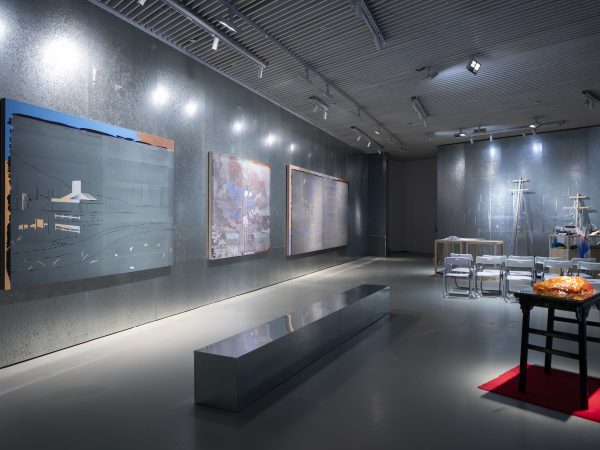
2023.11.09-2024.03.31

2023.11.10-2024.02.25

2023.09.22-2023.11.04
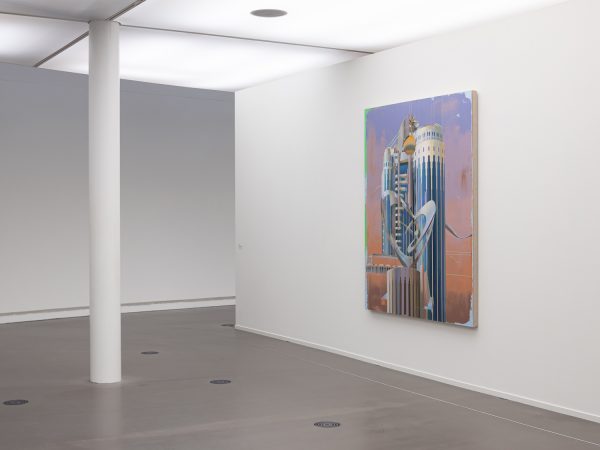
2023.01.28-2023.06.11
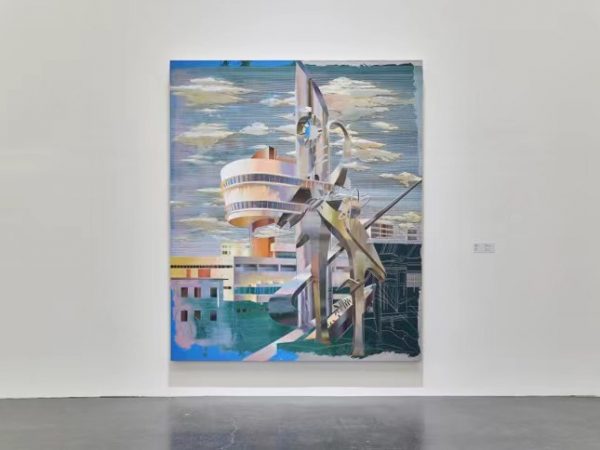
2022.04.16-2022.08.14
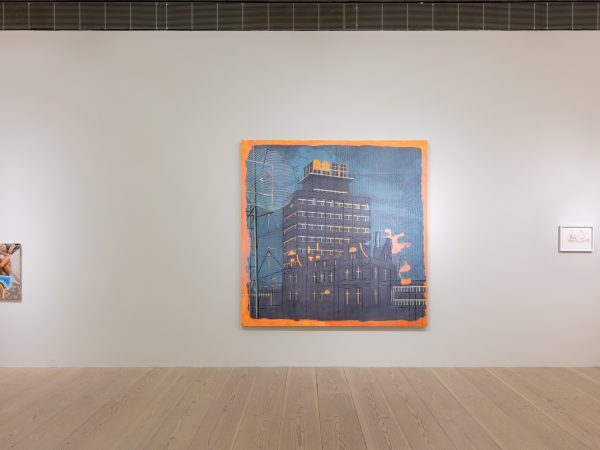
2022.03.06 – 2022.06.12

2021.11.06-2022.04.04
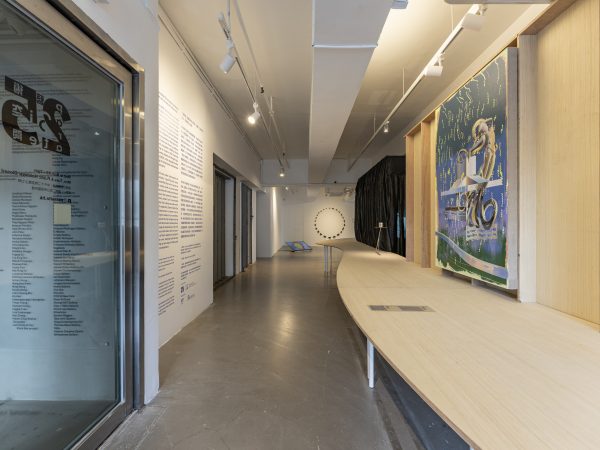
2021.08.14-2021.11.14
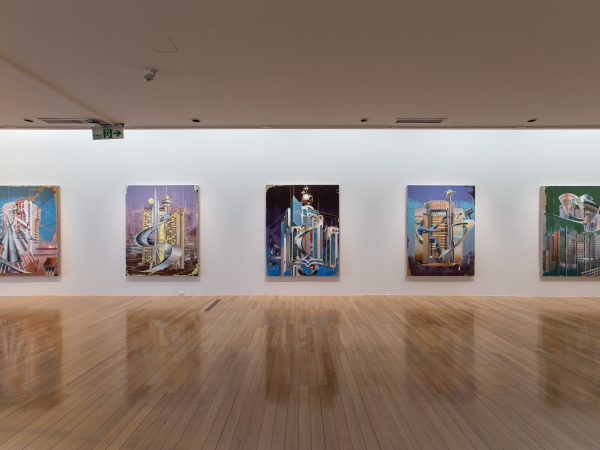
2020.11.21-2021.03.14

2020.03.04-2020.05.18

2018.07.14-2018.09.30
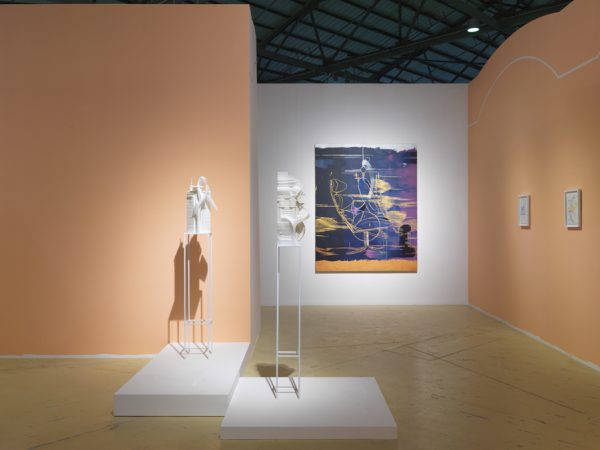
2018.01.20-2018.04.08

2017.03.19-2017.07.09
2024-春
在城市和历史中往复漫游的近十年里,崔洁的视觉系统逐步成熟。身边的城市街景反复更新,更新反复推进、停滞,而她通过绘画,检阅城市以及在其中的人类生活与其他生态:改革开放时期的高楼建筑和城市雕塑、社会主义早期阶段的居住设施、现代家庭生活方案以及上海本地动植物在不同空间中的历史交换。从穿越都市街头的主观视角,到对二手材料的物质媒介的考察调研,崔洁绘制出西方现代发展模板套用在中国现实时产生的无声龃龉与暴烈冲突,把错置的时间感折入几经覆盖、反复擦拭的画面叠层中。
It was less the architecture that interested Cui, however, than “the elements that are nowhere to be found today: who used to live there, the communal lifestyle and intimacy between people. Unlike buildings, traces of life can easily fade away.” A number of her works explore how communities’ aspirations and ideology are shaped by our surroundings. In drawings, Caoyang’s social realist public statues – including weavers with arms raised like conquering divinities – merge with edifices from the Bata estate. Elsewhere, Bata and Caoyang’s cinemas blend. Although western and Chinese movies were poles apart politically, she points out “they were both ritual spaces where the public is to be collectively entranced. We can clearly see the aesthetic function of the statues: they reveal the ideal state of trance.”
Looking at the work of Cui Jie from a northern European perspective, the first error is probably to think you’re seeing some form of lament for a modernist past. That narrative is fairly familiar now, based on a longing for the largest-scale remnants of the material culture of postwar social democracy or state socialism—the buildings they left behind to be inhabited or ruined under neoliberalism.
Amid a wave of postmodernism, this full-fledged approach of developing and utilizing the value-in-exchange of symbols caused a breach in creative barriers between art and architecture, and cast light on the way in which modernism captured pure form. In particular reference to urban construction and development, the interchangeability of the identity of artist and architect is instrumental in pushing the notion of space towards a dimension verging on democracy. In this vein, Cui Jie, an artist who came of age in the 1980s and 90s, shows a keen grasp on the various architectural patterns that have had a profound effect on the rapid renewal and expansion process of Chinese cities, and is adept at selectively harking back to these precedents of modernization in her painting and sculptural practice, thus triggering a momentary sense of the immediate future. The architect’s psyche reflected in her work goes beyond a mere collage-like schematization of architectural elements. Instead, her works are predicated on a technical enthusiasm for the city’s “autonomous surface” (hereafter referred to as the “epidermis”) and a pattern recognition of geographical misplacement or anachorism.
Representations of the future always look dated as soon as the future itself arrives. Part of China’s post-1980s generation, the artist Cui Jie makes paintings that continually confound our sense of time in their seeming nostalgia for the future. Set against a metallic sky and often floating above a similarly reflective gridded ground, Cui’s technically exquisite renderings of built forms not only capture a specific typology of urban China’s modernist artefacts; together with her more recent sculptures, they scrutinize the veracity of modernism as an ideology claiming the future. To the artist, who did a residency last year in Tel Aviv, the flawless International Style of the white city is appealing but not all that ‘interesting’. What compels her is precisely the opposite: the seemingly arbitrary, erratic and often jarring juxtaposition of an appropriated modernism against a context that is, in itself, rapidly shifting. Reconstructed amidst the chaos of China’s urban transition, the pristine, future-facing forms of Western modernism read as anachronisms.
Please scan the QR code to follow us on WeChat :天线空间ANTENNASPACE
